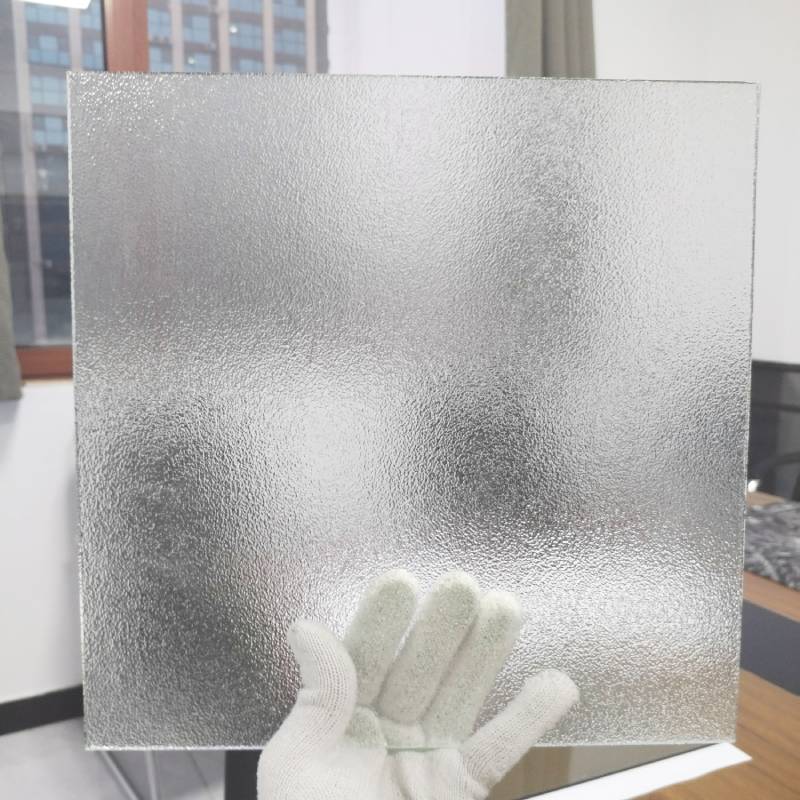Understanding the Difference Between Regular Glass and Tempered Glass
When it comes to choosing the right type of glass for various applications, it's crucial to understand the differences between regular glass and tempered glass. Each type has its own unique properties, advantages, and disadvantages, making them suitable for different purposes.
What is Regular Glass?
Regular glass, often referred to as annealed glass, is the most basic type of glass. It is produced using a straightforward manufacturing process where molten glass is cooled slowly. This slow cooling method allows the glass to relieve internal stresses, which results in a uniform, smooth pane. Regular glass is known for its clarity and ease of fabrication, making it a popular choice for windows, mirrors, and glass doors.
However, regular glass has some significant drawbacks. It is susceptible to breaking under impact or thermal stress, which can lead to large, sharp shards that pose safety hazards. Because of these properties, regular glass is not recommended for applications where safety is a concern, such as in shower enclosures or in areas exposed to high impact.
What is Tempered Glass?
Tempered glass, also known as toughened glass, is produced by heating regular glass to high temperatures (approximately 620°C or 1,148°F) and then rapidly cooling it
. This process, known as thermal tempering, creates a glass that is much stronger than standard glass. Tempered glass can withstand greater temperature fluctuations and impacts without breaking, making it a safer option in high-risk environments.
One of the primary benefits of tempered glass is its safety features. When it does shatter, tempered glass breaks into small, blunt pieces rather than sharp shards, significantly reducing the risk of injury. This characteristic makes it ideal for use in various applications such as shower doors, glass doors and tables, facades, and even in automobiles.
what is the difference between regular glass and tempered glass
Key Differences
1. Strength The most notable difference between regular and tempered glass is their strength. Tempered glass is four to five times stronger than regular glass of the same thickness, making it suitable for high-stress and safety-critical applications.
2. Thermal Resistance Tempered glass can endure extreme temperature changes without breaking, while regular glass is prone to thermal shock and can crack or shatter when exposed to sudden temperature changes.
3. Safety In case of breakage, tempered glass shatters into small, rounded pieces, reducing the risk of injury. Regular glass, on the other hand, can break into large, sharp shards that are hazardous.
4. Cost Due to the additional manufacturing processes, tempered glass is generally more expensive than regular glass. This cost must be weighed against safety and durability benefits for the intended use.
5. Applications Regular glass is commonly used in applications where safety is not a primary concern, such as picture frames or internal glass shelving. Tempered glass is preferred for safety-critical applications, such as in shower enclosures, glass railings, and exterior facades.
Conclusion
Choosing between regular glass and tempered glass ultimately depends on the specific requirements of your project. For applications where safety and durability are paramount, tempered glass is the clear winner. However, for less critical uses where reduction in cost is a priority, regular glass may suffice. Understanding the differences between these two types of glass can help you make an informed decision that best fits your needs.
 Afrikaans
Afrikaans  Albanian
Albanian  Amharic
Amharic  Arabic
Arabic  Armenian
Armenian  Azerbaijani
Azerbaijani  Basque
Basque  Belarusian
Belarusian  Bengali
Bengali  Bosnian
Bosnian  Bulgarian
Bulgarian  Catalan
Catalan  Cebuano
Cebuano  Corsican
Corsican  Croatian
Croatian  Czech
Czech  Danish
Danish  Dutch
Dutch  English
English  Esperanto
Esperanto  Estonian
Estonian  Finnish
Finnish  French
French  Frisian
Frisian  Galician
Galician  Georgian
Georgian  German
German  Greek
Greek  Gujarati
Gujarati  Haitian Creole
Haitian Creole  hausa
hausa  hawaiian
hawaiian  Hebrew
Hebrew  Hindi
Hindi  Miao
Miao  Hungarian
Hungarian  Icelandic
Icelandic  igbo
igbo  Indonesian
Indonesian  irish
irish  Italian
Italian  Japanese
Japanese  Javanese
Javanese  Kannada
Kannada  kazakh
kazakh  Khmer
Khmer  Rwandese
Rwandese  Korean
Korean  Kurdish
Kurdish  Kyrgyz
Kyrgyz  Lao
Lao  Latin
Latin  Latvian
Latvian  Lithuanian
Lithuanian  Luxembourgish
Luxembourgish  Macedonian
Macedonian  Malgashi
Malgashi  Malay
Malay  Malayalam
Malayalam  Maltese
Maltese  Maori
Maori  Marathi
Marathi  Mongolian
Mongolian  Myanmar
Myanmar  Nepali
Nepali  Norwegian
Norwegian  Norwegian
Norwegian  Occitan
Occitan  Pashto
Pashto  Persian
Persian  Polish
Polish  Portuguese
Portuguese  Punjabi
Punjabi  Romanian
Romanian  Russian
Russian  Samoan
Samoan  Scottish Gaelic
Scottish Gaelic  Serbian
Serbian  Sesotho
Sesotho  Shona
Shona  Sindhi
Sindhi  Sinhala
Sinhala  Slovak
Slovak  Slovenian
Slovenian  Somali
Somali  Spanish
Spanish  Sundanese
Sundanese  Swahili
Swahili  Swedish
Swedish  Tagalog
Tagalog  Tajik
Tajik  Tamil
Tamil  Tatar
Tatar  Telugu
Telugu  Thai
Thai  Turkish
Turkish  Turkmen
Turkmen  Ukrainian
Ukrainian  Urdu
Urdu  Uighur
Uighur  Uzbek
Uzbek  Vietnamese
Vietnamese  Welsh
Welsh  Bantu
Bantu  Yiddish
Yiddish  Yoruba
Yoruba  Zulu
Zulu 

